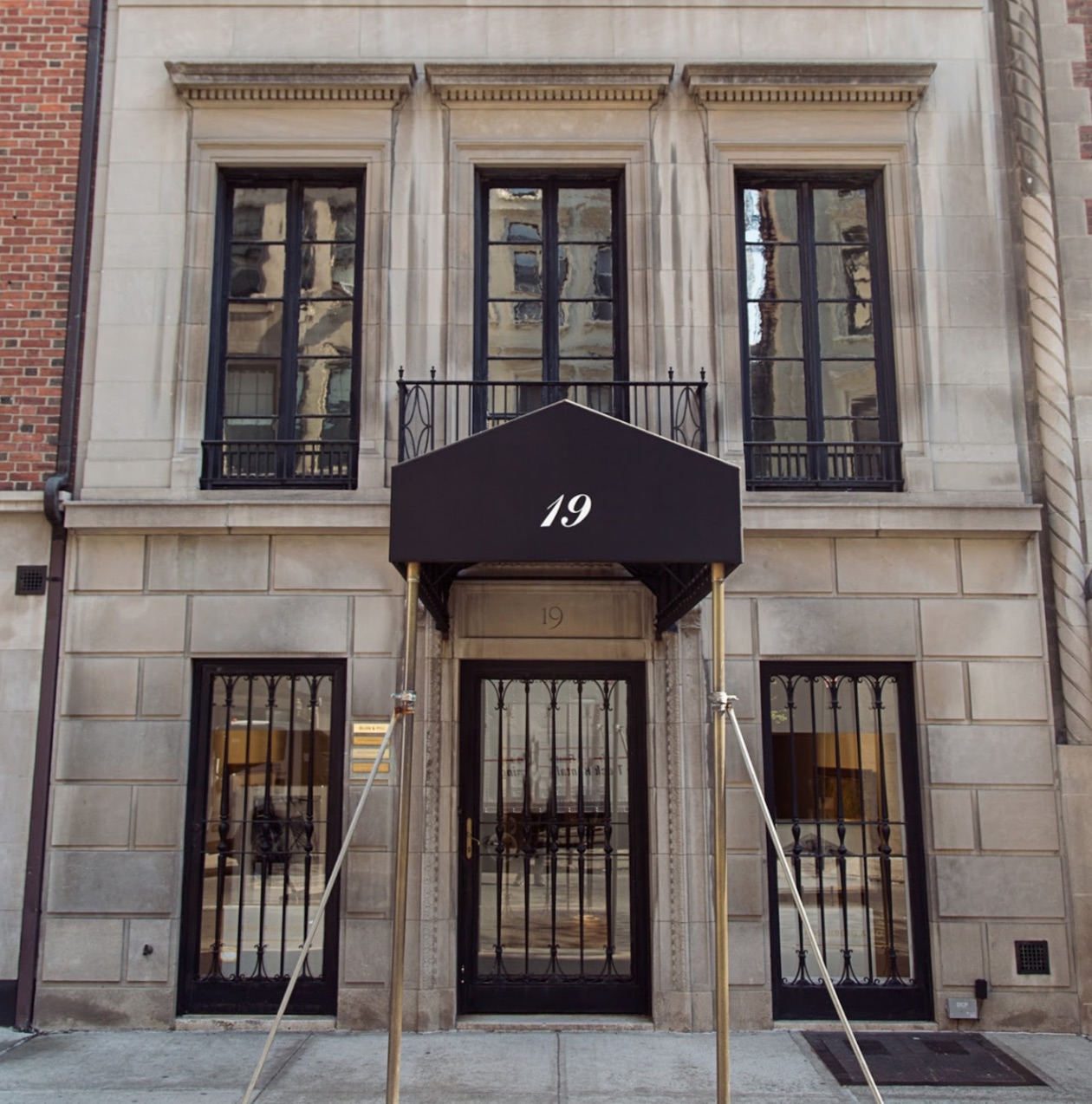
One of the most influential art movements of the 20th century is being revisited in a survey exhibition at Rosenberg & Co. on Manhattan’s Upper East Side.
Presenting a selection of works that span Cubism’s birth in 20th century Paris to today, the show investigates the movement’s beginnings and the lasting impact it had on subsequent generations of artists.
Karl Knaths Still Life (ca. 1964). Photo: Courtesy Rosenberg & Co.
According to the French writer Guillaume Apollinaire the movement of Cubism entailed the composition of elements taken from ideas rather than from reality. The movement, however, might be more accurately defined as depicting subjects from several perspectives in order to portray it as part of its context.
The show includes works by originators such as Serge Férat, Auguste Herbin, Jean Metzinger, and Georges Vamier, and it contrasts them with their American counterparts across the Atlantic, artists such as Karl Knaths, Blanche Lazzell, and Kenneth Stubbs. Works by Marcin Dudek, Oleg Kudryashov, and Tom John demonstrate how the development of the legacy of Cubism, and the way in which it continues to inspire contemporary artists.
Georges Valmier Personnage debout (1920). Photo: Courtesy Rosenberg & Co.
Gallerist Marianne Rosenberg explained that the exhibition not only highlights the legacy of the Cubist movement, but that it was also conceived as an homage to Léonce and Paul Rosenberg, who promoted the movement and helped establish its reputation.
“The Cubist movement was nothing less than a seismic shift in the field of art history; it introduced artists to new ways of thinking and depicting their world,” Rosenberg told artnet News in an email. “Cubism was and remains an incredibly influential building block for later art movements and contemporary artists. Our exhibition ‘Cubist Perspectives’ explores that history and renders homage to Léonce and Paul Rosenberg who championed many of the early Cubist artists.”
“Cubist Perspectives” runs until December 21, 2016 at Rosenberg & Co., New York.